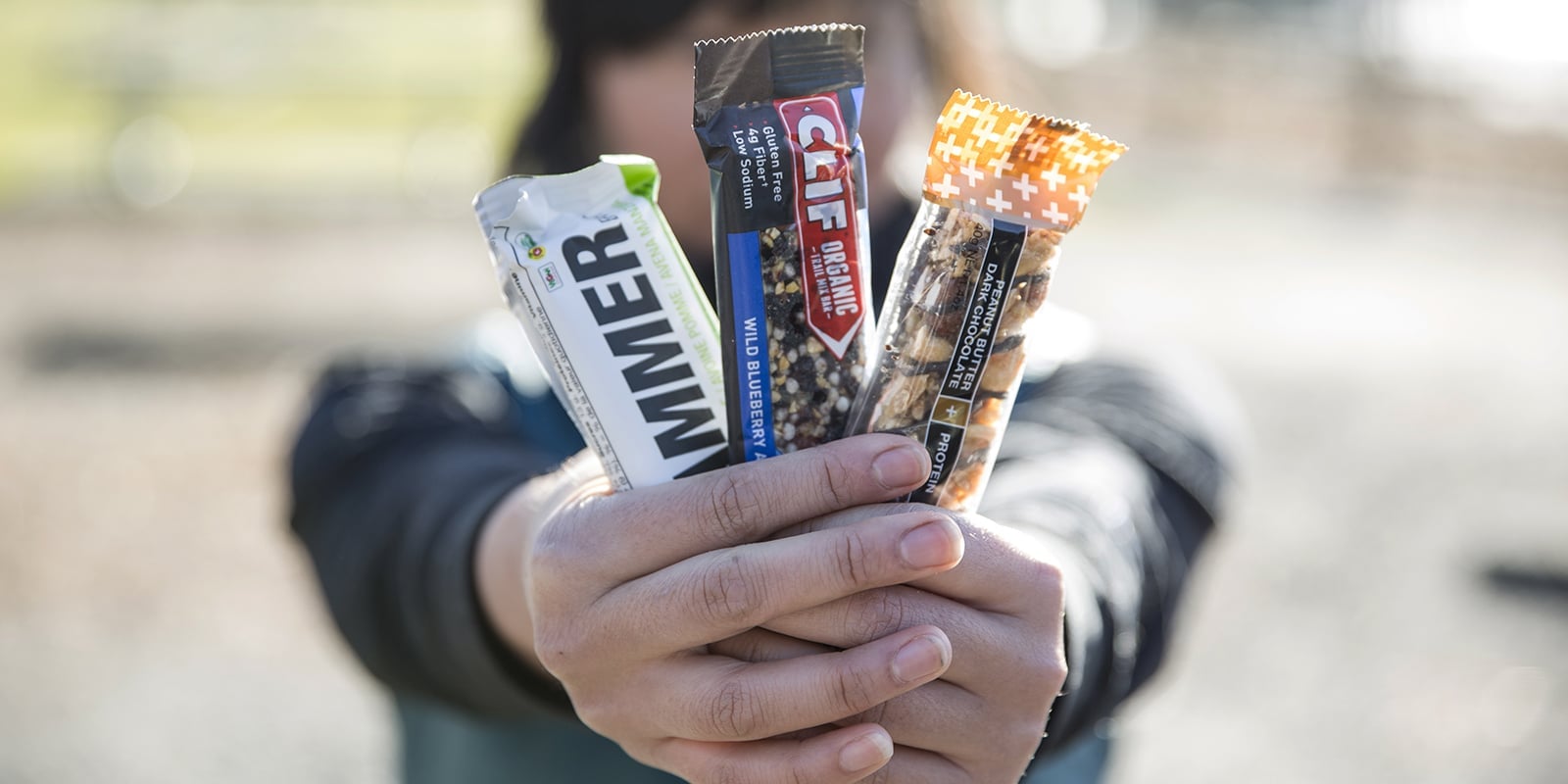As a runner, hiker, skier, cyclist or all-around outdoor adventurer, you need food and hydration to fuel your body for peak performance. While you can eat traditional food and simply drink water, energy foods and drinks have a handful of clear advantages, including easy portability, digestibility, convenience and long shelf life.
There are many quick, easy energy food and drink options to choose from. We'll help you decide what's right for you by taking a look at:
- Nutritional information: Things like calories, fat, carbs and protein can determine which foods and drinks you should be choosing
- When to eat energy foods and drinks: Some items are specifically designed to be consumed before, during and/or after activity
- Types of energy foods and drinks: Your choices are bars, gels, bites and chews, sport drinks and recovery drinks.
- Energy food and drink features: You can choose organic, vegan, vegetarian, gluten-free and non-GMO options
Understanding Nutritional Info
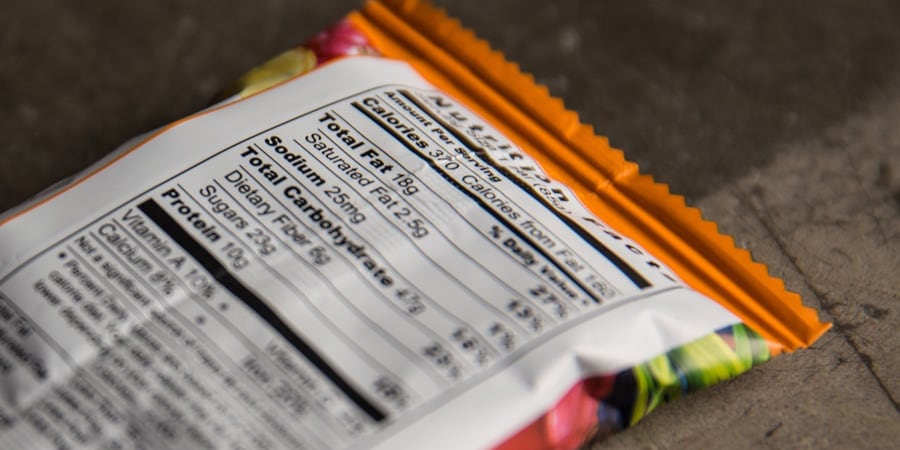
Before deciding which energy foods and drinks you will choose, it's helpful to have an understanding of some basic nutritional information. Here are some things to consider:
Calories: How many calories you need to eat per hour while exercising depends on several factors, including the length and intensity of the activity and your body type, but 200 - 300 calories per hour is a good ballpark figure. Many energy bars, gels, bites and drinks are formulated to fall within this range when you eat them as indicated in the directions on the packaging.
Carbohydrates: This is your main energy source, so the higher the level of activity and duration, typically the more carbohydrates you need. Most people can process only about 60 grams of carbohydrates per hour and drinking and/or eating more than that can put you at risk of an upset stomach.
Protein is great for helping your body rebuild tissues and recover after exercise/activity. It can also provide sustained energy on long endurance activities.
Fat: Most energy foods are relatively low in fats. Some items that are designed as meal-replacement bars or specifically for endurance athletes will contain more fat.
Sodium (listed ingredients such as sodium chloride, citrate, selenite, molybdate, benzoate and/or bicarbonate): More commonly known as electrolytes, the above listed ingredients are also essential in metabolizing carbohydrates for the proper functioning of muscles and to help keep you hydrated.
Potassium (listed ingredient as monopotassium phosphate, potassium citrate, L-lactate, dipotassium phosphate and/or potassium iodide): Also considered to be components of electrolytes (see sodium, above), the above listed ingredients are equally essential in metabolizing carbohydrates for the proper functioning of muscles and to help keep you hydrated.
Vitamins and minerals: Your body naturally burns vitamins and minerals through exercise and activity, so many energy products include them. In general, energy bars have the highest number of vitamins and minerals overall.
Amino acid blends: Leucine, valine and isoleucine are often added to gels only and are basically proteins that are broken down and used by the body to help construct muscles and keep them in good shape.
Sweeteners: A variety of caloric sweeteners are used instead of sugar in some performance beverages, gels and chews, including honey, agave and stevia.
Caffeine: Some bars, gels, chews and drinks contain caffeine to give you an extra energy boost. Caffeine-enhanced products are usually clearly marked; If you prefer to avoid caffeine, take note when selecting.
Shop REI's selection of energy food and drinks.
When to Consume Energy Foods and Drinks
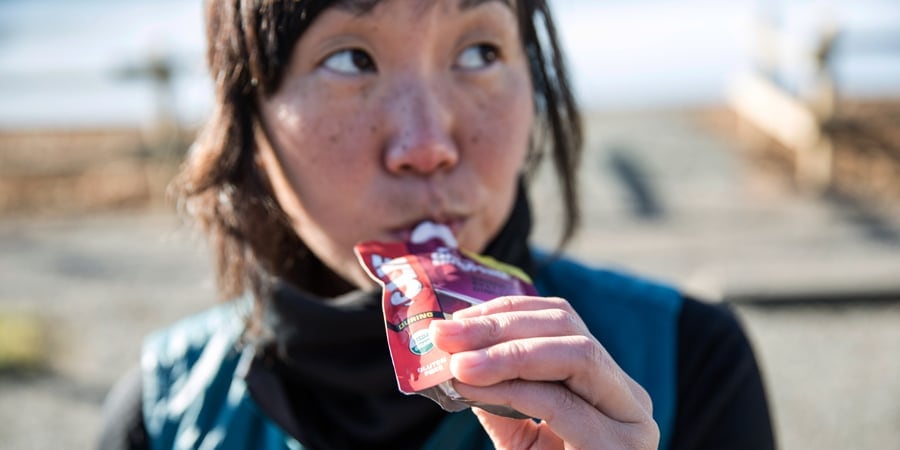
Energy foods and drinks are engineered to enhance each stage of a workout or outdoor excursion—before, during and after. This lets you fine-tune your nutrition intake. To help you shop, the product page for each performance food item offered at REI.com includes a "best consumed" designation. Your choices:
- Before activity: These foods or beverages are formulated to provide an elevated, consistent energy level over an extended period of time. They typically include a balanced mix of complex carbohydrates, proteins and fiber. Some are suitable for eating minutes before activity begins, though a longer lead time (one to two hours) is often recommended, especially if the item includes fat and protein. Many bars fall into this category.
- During activity: These are designed for easy digestion and absorption into your bloodstream. The goal is to provide sustained energy through a gradual rise (not a spike) in energy followed by a similarly gradual decline. Chews, gels and beverages are favorites due to their simplicity. For endurance activities lasting more than a few hours, many athletes will also eat bars and/or drink sport drinks with calories and protein during activity for sustained energy.
- After activity: These are mostly used for recovery. They are fortified with proteins, amino acids and other muscle-restoring elements to help hasten cell repair in your body. Bars, drinks and supplements are commonly consumed after activity.
Note: These are general designations. Many products serve more than one of these functions.
Types of Energy Foods and Drinks
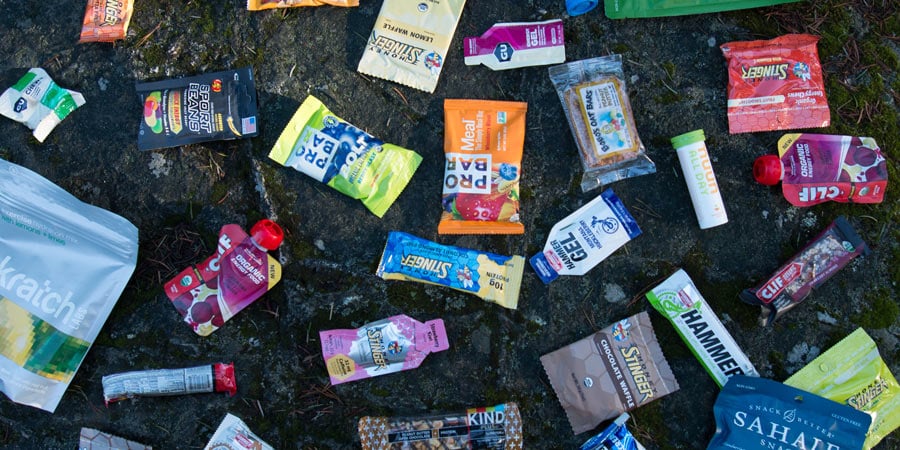
Bars
There are lots of bars to choose from so you're sure to find something you like and that meets your nutrition needs. Many of them are high in carbohydrates, low in protein and fat—a good combination to consume just before or after endurance activities (such as a hike, bike ride or trail run) that lasts a couple hours or longer. The high-grade carbs in bars provide an endurance boost during a workout; afterwards, they help replenish glycogen (energy reserves) in muscles.
Sustained energy during workout: If your stomach can handle solid food during activity and you'll be out for more than a few hours, bars can be a good way to introduce some protein and fat into your diet for sustained energy. If solid foods upset your stomach, you might try a sport drink that has some protein and calories (see the Drink Mixes section below).
After-workout bars: Some energy bars offer significant amounts of protein (about 10g-20g per bar), a nutrient that can help your body rebuild tissue and recover after exercise. It's generally recommended to eat these "protein bars" after a workout.
Tip: Drink water when eating an energy bar. Bars are usually dense and chewy and are easier to digest with generous water intake. Avoid washing them down with a performance beverage. Consuming too many carbohydrates at once can slow your body's ability to absorb them.
Energy Gels
Gels are popular among hikers, cyclists, paddlers and runners for on-the-go use. They are syrupy, semi-liquid products that usually have high concentrations of carbohydrates to swiftly deliver easy-to-digest energy and some electrolytes to replace those lost while working out.
Gel packets are small and very light (1 or 2 oz.), making them easy to stash just about anywhere.
For activities lasting less than 3 hours, gels can provide enough energy to keep you going strong. On longer outings, you may need to incorporate bars and/or drinks that have some protein and fat.
Tip: Just like with energy bars, follow up an energy gel with a swig or two of water.
Energy Bites and Chews
If you find the gooey texture of gels less than appealing, try bites or chews. They are offered in varying consistencies; some are like gumdrops or gummy bears, while others are more like jelly beans.
Bites and chews provide essentially the same function as a gel—infusing the body with carbohydrates for energy and electrolytes, such as sodium and potassium, that you lose while sweating. They are designed mostly for eating while you're working out, and they alone can typically provide enough energy during activities lasting up to a few hours. On longer outings, you can use bites and chews as part of your overall nutrition plan that may also include some bars and/or performance drinks.
Tip: After chowing down on bites and chews, take a couple sips of water to aid digestion.
Drink Mixes
Sport drinks: Most of these beverages are designed to replace electrolytes that your body loses when you're sweating a lot. Major electrolytes in your body include sodium, potassium, calcium and magnesium, and they play important roles in bodily processes that involve your heart, nerves and muscles. When you get low on electrolytes you may feel fatigued and your athletic performance can drop off.
Some sports drinks also have caffeine, carbohydrates and/or protein to provide energy. Others have significant amounts of calories. These drinks are an excellent choice if you have trouble stomaching bars, gels or chews while on the go. You may have to experiment with sport drinks to find what you like and what sits well with you.
Tip: If you're guzzling sport drinks and eating energy food, be aware of how many carbohydrates you're ingesting and try to limit your intake to less than 60 grams per hour unless you know your stomach can handle it.
Learn more about sport drinks.
Recovery drinks: Beverages with high protein content (and thus higher caloric content) are designed more for recovery and should be consumed after a workout. Providing protein to depleted muscles can possibly help them rebound more quickly.
Supplements
One way to add vitamins, nutrients and electrolytes without any calories is through performance supplements. These capsules can offer a variety of benefits depending on your needs. Be sure to follow the directions on the packaging for correct use.
Energy Food Features
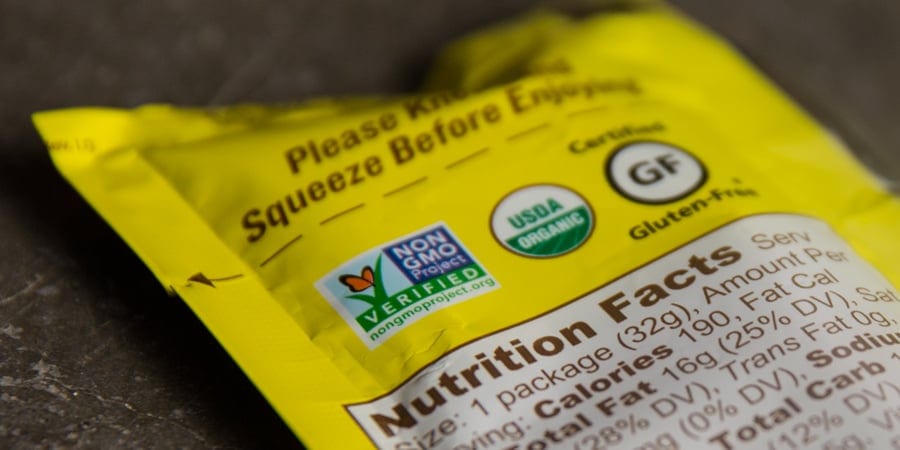
Gluten free: These products contain zero gluten, which is a mixture of proteins found in some grains, including wheat, rye and barley.
Vegetarian: These products contain no meat or seafood, but may contain things like eggs, milk or honey.
Vegan: Foods and drinks marked as vegan contain zero animal products. That means no meat, fish, eggs, milk, cheese or honey.
Organic: Foods and drinks that are labeled as organic have been produced through approved methods outlined by the U.S. Department of Agriculture. There are a few tiers of organic foods, ranging from those made with 100 percent organically produced ingredients to those made with 70 percent organically produced ingredients. Look to the product description for specific information.
Non-GMO: Products marked as non-GMO do not contain any genetically modified organisms.
